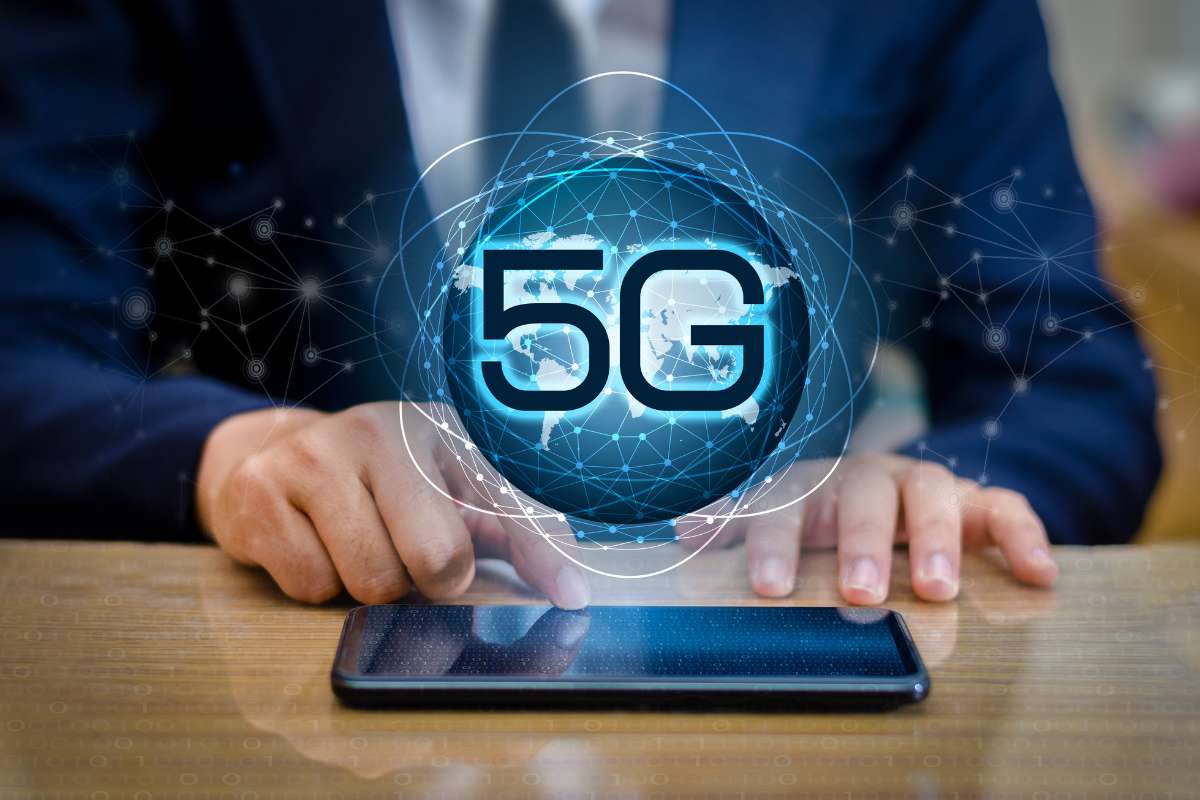India is soon going to see its dream of 5G networks launching come true. The Department of Telecommunications (DoT) had set the ball rolling a few days back by releasing the Notice Inviting Application (NIA) for the 5G spectrum auction. As soon as the telcos get the spectrum from the DoT, they will get right into the race for launching the first commercial 5G network in India. Ahead of the 5G launch, there are a lot of talks about how it is going to help India. One thing that we can be sure of is that 5G is going to increase the connection density per square kilometre. In simple words, this is a measure of how many mobile connections can a network technology support in a given square kilometre.
5G vs 4G: Connection Density
“Right now, 4G can offer only 1 lakh connections per square kilometre. This can go 10x with 5G, which is a million connections per square kilometre and it has got 20x higher bandwidth. Even the latencies are going to be very low,” Sandeep Lodha, Co-Founder, Netweb Technologies told TelecomTalk. Speaking on what the government is doing to boost electronics manufacturing in India, Lodha said, “The government is taking the right steps. Today, if you see, the government has come out with a PLI scheme and this is a very nicely drafted scheme.” Lodha appreciated the fact that PLI schemes are actually geared towards generating returns for the Indian economy in a very tangible manner. Talking about the employment scenario in India, Lodha said that there is a shortage of skilled labour in the country. He said that Indians are actively considering working at Netweb because of the learning opportunities that they will get with the company despite no MNC-like status.
